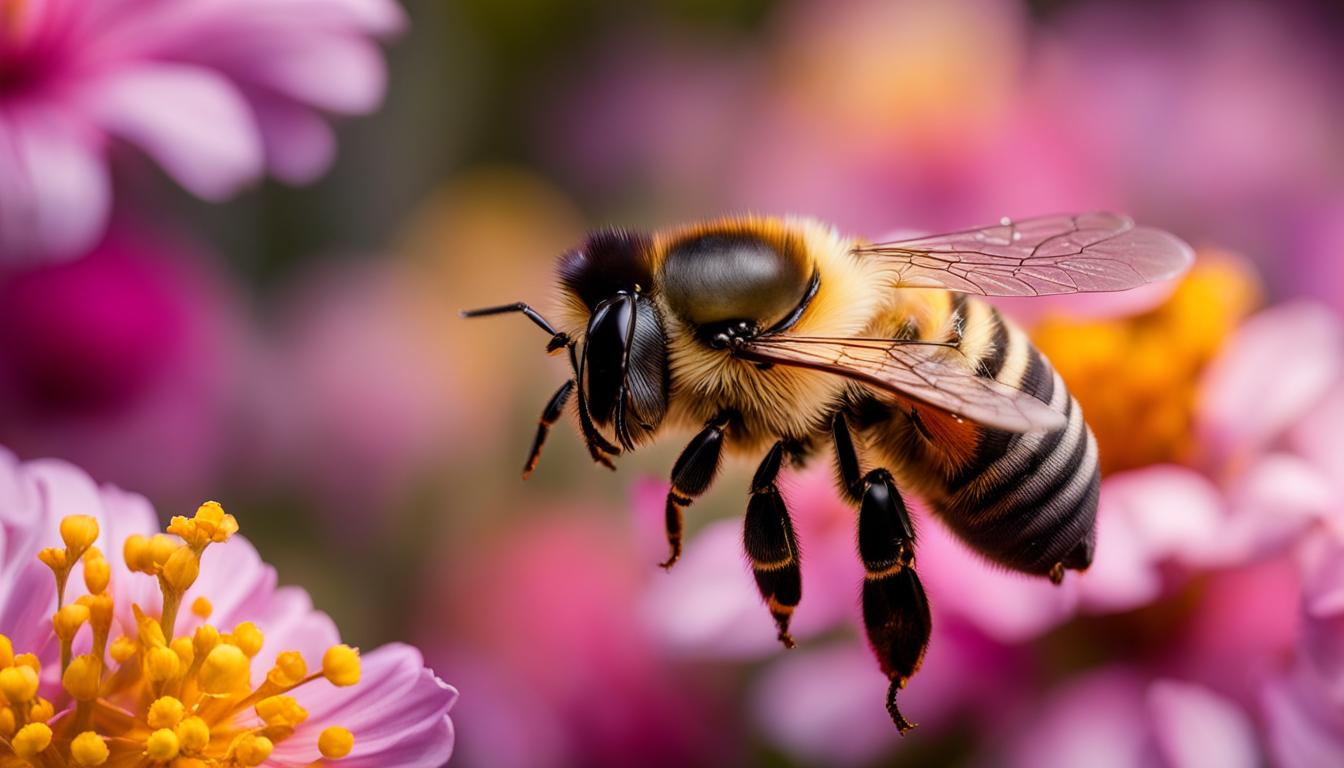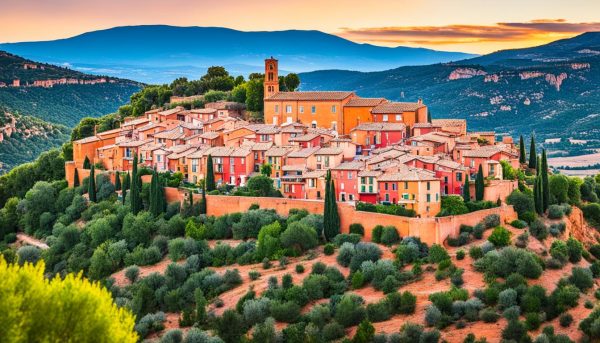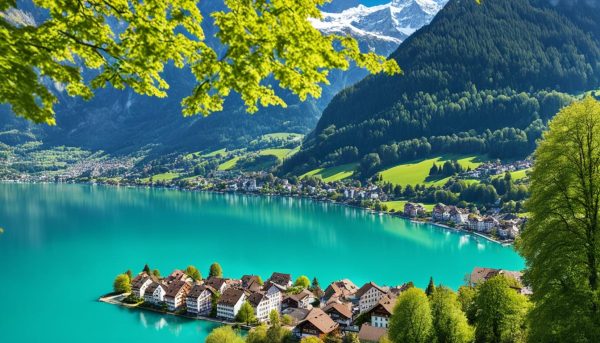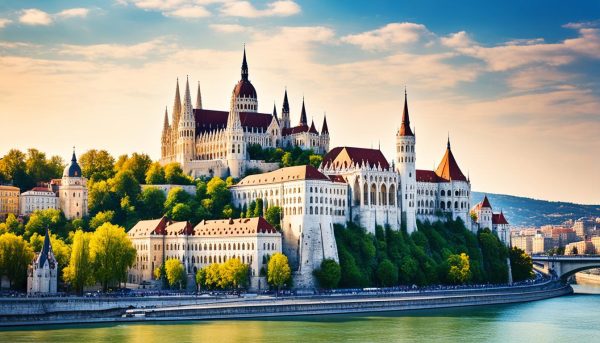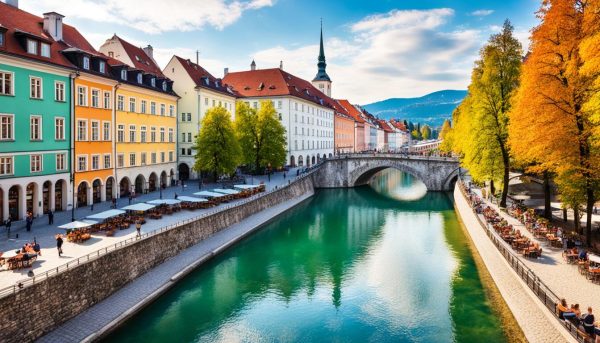Welcome to our guide on bee photography! If you’ve ever been captivated by the beauty and intricate details of bees in action, you’re in the right place. In this article, we will explore the fascinating world of bee photography and share tips on how to capture stunning images of these buzzing beauties.
Bees are not only important pollinators but also incredibly photogenic subjects. From their vibrant colors to their delicate wings in mid-flight, photographing bees in action allows us to appreciate their vital role in nature’s ecosystem and showcase their natural beauty.
Key Takeaways:
- Explore the world of bee photography and capture the stunning beauty of these buzzing creatures.
- Learn the importance of bees in nature’s ecosystem and their role in pollinating fruits and vegetables.
- Discover tips and techniques to photograph bees in action and capture their movement and intensity.
- Understand the decline of bee populations globally and how you can contribute to their conservation and protection.
- Appreciate the diversity of bee species and their unique characteristics through captivating photographs.
The Wildlife Photographer of the Year Competition Highlights Bee Photography
The Wildlife Photographer of the Year competition is a prestigious event that celebrates the artistry and skill of photographers capturing the beauty of the natural world. In this year’s competition, a spotlight was shone on the fascinating world of bee photography. With over 38,500 entries from 93 countries, the competition showcased the talent and creativity of photographers who captured stunning images of bees in action.
The winning photographs, including a captivating image of cactus bees tumbling over each other in the hot sand of a Texas ranch, demonstrate the exceptional quality and uniqueness of bee photography. These images were selected based on their originality, narrative, technical excellence, and ethical photography practice, capturing the essence of bee behavior and their intricate ecosystems.
“Bee photography provides a window into a mesmerizing world that often goes unnoticed. It allows us to appreciate the beauty and importance of these incredible creatures,” says Jane Carter, one of the competition judges.
The Wildlife Photographer of the Year competition, organized by the renowned Natural History Museum in London, has been at the forefront of promoting environmental conservation and raising awareness about the wonders of nature. Through the lens of talented photographers, the competition aims to inspire awe and ignite conversations about the importance of biodiversity and our role in protecting it.
As we delve deeper into the world of bee photography, we discover the remarkable diversity and complexity of bees’ lives. From capturing the delicate pollination process to showcasing the unique features of various bee species, these photographs provide a glimpse into a hidden world and encourage us to appreciate the incredible wonders of nature that often buzz just out of reach.
The Importance of Bees in Nature’s Ecosystem
Bees are not just tiny creatures that buzz around flowers; they play a critical role in nature’s delicate balance. These industrious insects are key contributors to food production and food security in ecosystems around the world.
Did you know that many of the foods we enjoy every day, such as blueberries, apples, avocados, and tomatoes, rely on pollination to grow? Bees, including native insect pollinators, are crucial in this process, ensuring the successful reproduction of various plants.
While honeybees are often praised for their pollination services, native bees are equally important, if not more effective, at pollinating crops. Native bees have co-evolved with plant species, making them expert pollinators for specific plants. Their efficient pollination improves crop yield and quality, benefiting both farmers and consumers.
The significance of bees extends beyond agricultural productivity. These buzzing marvels contribute extensively to the overall health of ecosystems. In their pursuit of nectar and pollen, bees facilitate cross-pollination, increasing genetic diversity and promoting strong, resilient plant populations. This diversity serves as the foundation for robust ecosystems, supporting the survival of numerous other species.
However, the ongoing decline of bee populations worldwide poses a significant threat to both food production and ecosystem stability. Factors such as habitat loss, pesticide use, climate change, and diseases have all contributed to this alarming decline. It is crucial that we take immediate action to protect and conserve these essential pollinators.
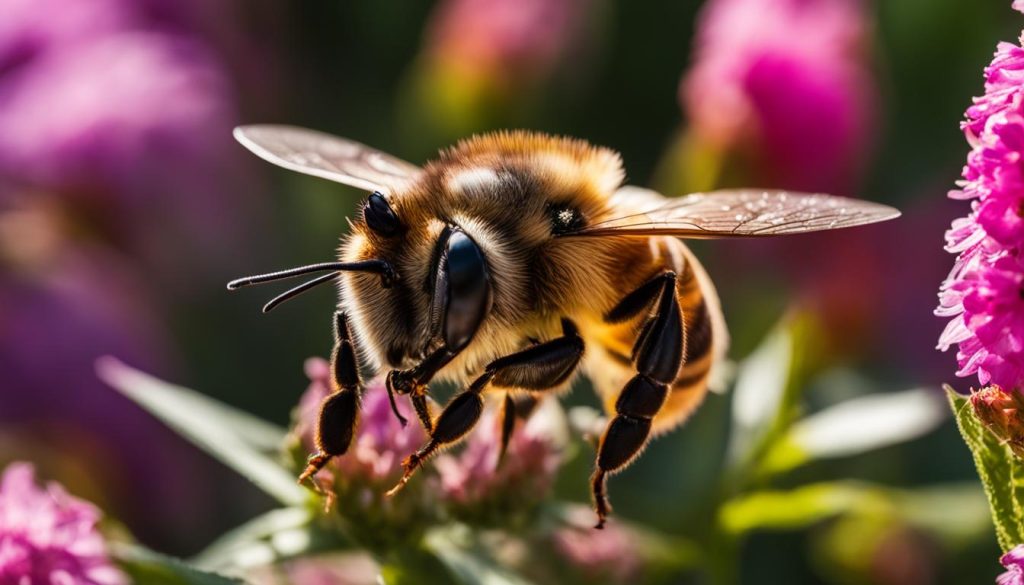
By understanding the vital role bees play in nature’s delicate balance, we can appreciate their importance and actively contribute to their conservation. Creating bee-friendly environments in our own gardens, avoiding the use of harmful pesticides, supporting local beekeepers, and spreading awareness about the importance of bees are just a few ways we can make a positive difference.
In the next section, we will explore the diverse and fascinating types of bees found in Alaska. Get ready to be amazed by the variety of bee species thriving in this unique environment!
Types of Bees Found in Alaska
Alaska, often known for its picturesque landscapes and diverse wildlife, is home to a fascinating array of bee species. With over 100 native bee species, this region showcases the importance of preserving and recognizing these captivating pollinators. In addition to the well-known honeybees, Alaska boasts other native bee species that contribute significantly to the local ecosystem.
One of the notable bee species found in Alaska is the chubby bumblebee. These adorable and fuzzy insects play a crucial role in pollinating wildflowers and other flowering plants. Their large size and distinctive buzzing sound make them a beloved sight in Alaska’s meadows and gardens.
Another native bee species found in Alaska is the sweat bee. These small, metallic-colored bees are excellent pollinators for a variety of wildflowers, including blueberries and strawberries. Their behavior of collecting pollen from human sweat earned them their unique name.
Mining bees are also prevalent in Alaska. These solitary bees are known for their impressive ability to burrow into the ground and create nests. These nests serve as safe havens for the bees to lay their eggs and ensure the continuation of their species.
Finally, Alaska is home to plaster bees. These solitary bees are vital for pollinating willow and alder trees, contributing to the health and growth of these vegetation types. Their swift and efficient pollination methods make them essential contributors to Alaska’s natural ecosystem.
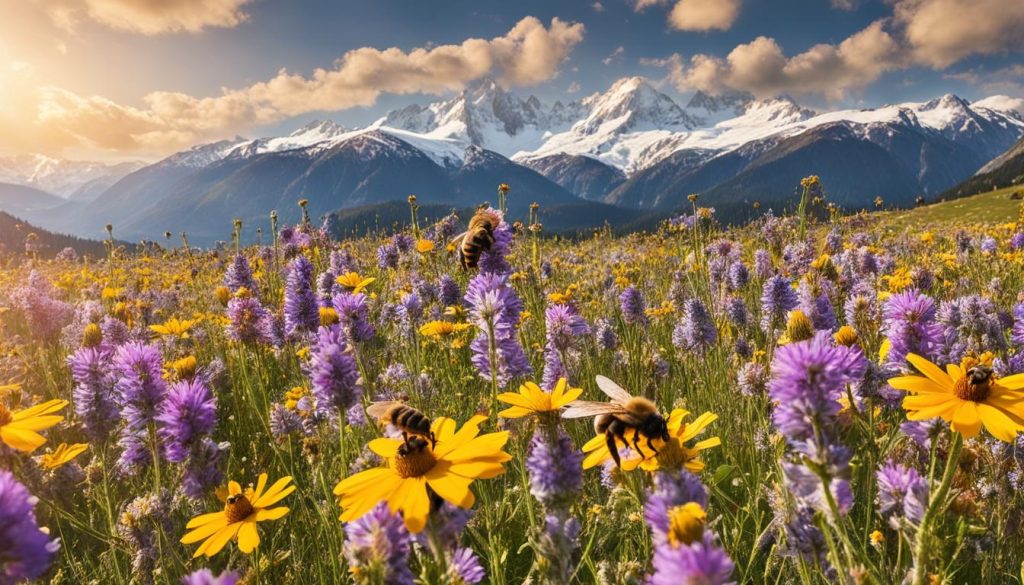
Alaska’s diverse bee species not only enrich the natural beauty of the region but also play a vital role in pollinating native plants and supporting the overall ecosystem. Recognizing and safeguarding these native bee species alongside honeybees is crucial for maintaining a healthy and balanced environment.
Tips for Photographing Bees in Action
Photographing bees in action can be a rewarding and challenging endeavor. To capture these buzzing beauties in their natural habitat, here are some practical tips for bee photography:
- Use a macro lens: To capture the intricate details of bees, it’s recommended to use a macro lens. This will allow you to get up close and personal with your subjects, revealing their unique features.
- Capture movement and intensity: Bees are quick and agile creatures, so it’s important to capture their movement and intensity. Set your camera to a fast shutter speed to freeze their motion, and experiment with different angles to showcase their energy and behavior.
- Find unique compositions: Look for interesting compositions and perspectives to make your bee photographs stand out. Experiment with different angles, backgrounds, and lighting to create captivating images.
- Observe their behavior: Patience is key when photographing bees. Take the time to observe their behavior and movements. By understanding their patterns, you can anticipate their actions and capture those decisive moments.
Remember, bee photography requires a balance of technical skills and artistic vision. Embrace the challenge and enjoy the process of capturing these incredible creatures in action.
Check out the image below for inspiration:
The Decline of Bee Populations and How to Help
The decline of bee populations is a pressing issue that has significant implications for ecosystems and food production. Globally, bees are facing multiple threats, including habitat loss, pesticides, climate change, and diseases. The consequences of declining bee populations are far-reaching, as bees play a crucial role in pollinating flowers, fruits, and vegetables, contributing to the biodiversity and stability of our natural world.
To combat the decline of bee populations and support bee conservation efforts, there are several actions individuals can take:
- Create bee-friendly habitats in your own backyard by planting native flowers, shrubs, and trees that provide nectar and pollen. This will provide essential food sources for bees and create safe spaces for them to nest and reproduce.
- Avoid the use of pesticides that are harmful to bees. Opt for organic and natural pest control methods, such as companion planting and integrated pest management, to protect bees and other beneficial insects.
- Support local beekeepers by purchasing their honey and beeswax products. By doing so, you contribute to their livelihoods and the maintenance of healthy bee populations in your area.
- Raise awareness about the importance of bees in ecosystems and food production. Share information about declining bee populations with your friends, family, and community. Encourage others to take action and make bee conservation a priority.
By collectively taking these steps, we can make a significant impact in preserving and protecting our invaluable bee populations. Remember, every small action contributes to the bigger cause of bee conservation.
“The humble bee is more important than many of us realize. It’s not just about honey production; bees are essential for pollinating our crops and maintaining the balance of our ecosystems.” – Dr. Jane Goodall
| Threats to Bee Populations | Effects of Bee Decline |
|---|---|
| Habitat loss due to urbanization, agriculture, and land development | Reduced pollination of flowers, fruits, and vegetables |
| Exposure to pesticides and neonicotinoids | Decline in crop yields and quality |
| Climate change and disruption of bee habitats | Loss of biodiversity and imbalance in ecosystems |
| Spread of diseases and parasites | Threat to the survival of bee colonies |
The Beauty and Diversity of Bee Photography
When it comes to capturing the mesmerizing world of bees, photography offers a unique window into their beauty and diversity. Each bee species possesses its own unique characteristics and behaviors, making bee photography an enticing and enlightening pursuit.
From the vibrant colors of a bumblebee’s fuzzy coat to the intricate patterns on a sweat bee’s wings, the visual allure of these tiny creatures is truly captivating.
Let’s take a closer look at some of the diverse bee species and the habitats they call home:
The Adorable Bumblebees:
Did you know that bumblebees are one of the largest bee species, known for their plump and fuzzy appearance? Their adorable round bodies are covered in soft hairs, which help them gather pollen.
These charismatic bees can be found in a variety of colors, ranging from the common black and yellow stripes to striking shades of orange and red. With their charmingly chaotic flight patterns, bumblebees are a popular subject among photographers seeking to capture their lively energy.
The Delicate Sweat Bees:
Sweat bees, unlike bumblebees, are small and delicate, often overlooked due to their diminutive size. However, their beauty lies in their iridescent colors and intricate markings.
With their diverse hues, including metallic greens, blues, and golds, sweat bees are a testament to the natural wonders that can be found in our own backyards. These tiny pollinators prefer warm habitats and are often seen collecting moisture and nectar from flowers, a behavior that gives them their curious name.
Other bee species, such as mining bees and plaster bees, also contribute to the fascinating diversity of the bee world. With their unique characteristics and habitats, these bees offer endless opportunities for skilled photographers to capture their intricate details.
“Photography takes an instant out of time, altering life by holding it still.” – Dorothea Lange
Through the lens of a skilled photographer, bee photography transcends simple documentation and becomes a medium for artistic expression. The ability to freeze a moment in time and reveal the hidden wonders of these tiny creatures allows us to appreciate their beauty in ways we might not have imagined.
Now, let’s delve further into the diverse world of bee photography as we explore the tips and techniques for capturing bees in action.
Conclusion
In conclusion, bee photography provides a captivating window into the world of these industrious creatures. With the right tips and techniques, photographers can capture breathtaking images that showcase the intricate details and behaviors of bees in action. Whether it’s freezing a mid-flight moment or revealing the delicate beauty of a flower pollination, bee photography offers a unique way to appreciate the diversity and importance of bees in our ecosystems.
To excel in bee photography, it is essential to observe and understand their behavior. Patience plays a key role in capturing captivating moments, as bees are constantly moving and in search of nectar. Utilizing a macro lens allows you to get up close and personal, revealing the mesmerizing details of bees’ bodies and wings.
Additionally, finding the right composition and angle can elevate your bee photography to the next level. Experimenting with different perspectives and backgrounds enables you to create visually striking images that convey the dynamism and energy of these busy insects. Remember, every bee has its unique charm, and capturing a variety of bee species adds to the diversity and beauty of your portfolio.
Lastly, let us not forget the vital role bees play in maintaining our food production and ecosystems. Supporting bee conservation efforts and promoting bee-friendly practices, such as cultivating pollinator gardens and reducing pesticide use, can contribute to the well-being of these essential pollinators. By appreciating and protecting bees, we ensure their continued presence and the sustenance of our natural world.
FAQ
How can I participate in the Wildlife Photographer of the Year competition?
To participate in the Wildlife Photographer of the Year competition, you can submit your entries through the official website of the Natural History Museum in London. Make sure your photos showcase originality, narrative, technical excellence, and follow ethical photography practices.
Why are bees important in food production?
Bees play a vital role in food production as they are responsible for pollinating many fruits and vegetables that we consume daily. They are particularly effective in pollinating crops like blueberries, apples, avocados, and tomatoes, contributing to food security.
How can I help protect bee populations?
There are several ways to help protect bee populations. You can create bee-friendly habitats in your gardens by planting native flowers and avoiding the use of pesticides harmful to bees. Supporting local beekeepers and raising awareness about the importance of bees in ecosystems and food production are also impactful actions.
What are some tips for photographing bees in action?
To capture stunning photographs of bees in action, use a macro lens for close-up shots, pay attention to the movement and intensity of the bees, and experiment with unique compositions and angles. Patience and observing their behavior can also help capture captivating moments.
What types of bees are found in Alaska?
Alaska is home to over 100 bee species, including chubby bumblebees, sweat bees, mining bees, and plaster bees. The diversity of native bee species in Alaska is remarkable, and it’s important to recognize and protect these species alongside honeybees.
Why is the decline of bee populations a concern?
The decline of bee populations globally poses a significant risk to food production and the overall health of ecosystems. Bees, including native insect pollinators, are essential for pollinating crops, and without them, many fruits and vegetables would be in short supply.
What is the goal of the Wildlife Photographer of the Year competition?
The goal of the Wildlife Photographer of the Year competition, organized by the Natural History Museum in London, is to showcase the wonder and diversity of the natural world. It aims to highlight exceptional photography that captures the beauty and majesty of wildlife and nature.
What is the significance of bees in nature’s ecosystem?
Bees play a crucial role in nature’s ecosystem. They are important pollinators and are responsible for the reproduction of various plants and flowers. Bees help maintain biodiversity and contribute to the overall health and balance of ecosystems.

